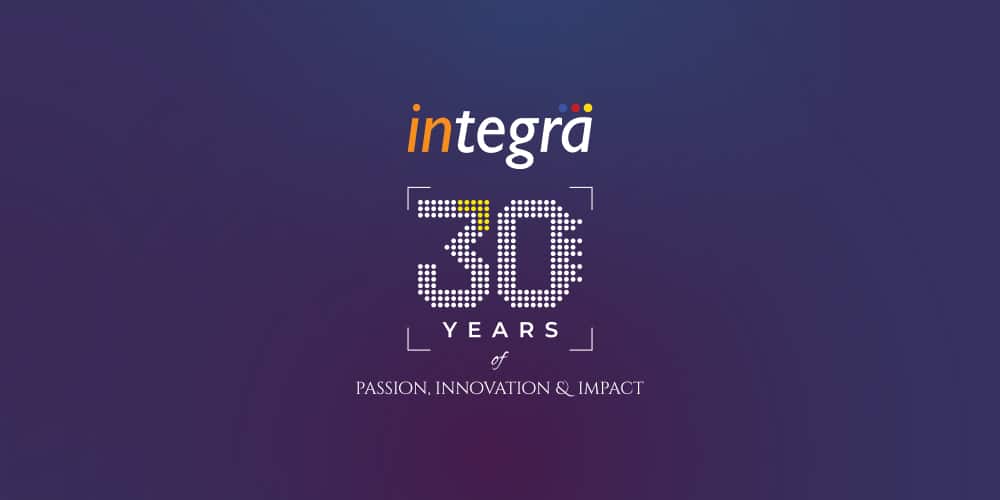Prakash Nagarajan's Posts

Artifical Intelligence in Publishing
Managing Multi-Author Papers: The AI Solution for Seamless Collaboration
Sep 25, 2024
Read More ➜

Learning and Development
Best Practices for Implementing Social Learning in LXPs: A Comprehensive Guide
Sep 18, 2024
Read More ➜

Generative AI
What is RAG, and How Can It Give You Better Answers from Generative AI?
Sep 10, 2024
Read More ➜

Technology Services
Advanced Threat Detection with DevSecOps: Building a Fortress in the Software Development Lifecycle
Sep 09, 2024
Read More ➜

Automation
Automation Anxiety? How to Implement AI Without Alienating Your Workforce
Sep 06, 2024
Read More ➜
Get notified of our
latest Blogs

Generative AI
The Role of Generative AI in Enhancing Accessibility in Digital Content
Sep 04, 2024
Read More ➜

Artificial intelligence
Beyond the Hype: 7 Practical AI Applications That Boost Your Bottom Line Immediately
Aug 21, 2024
Read More ➜

Artificial intelligence
Unlocking the Power of Custom AI and IoT for Predictive Maintenance
Aug 19, 2024
Read More ➜




